Hawaii like most states witnesses teenage death and serious injury most frequently because of suicide and car crashes. A new study shows that Hawaii _ which used to be the safest place for Keiki is now not so safe for kids. When I first came to the Islands in 1967 I was blown away by the Keiki – kids. The recent Star Bulletin story by Kaylee Noborikawa will break hearts across the State of Hawaii. Nothing matters more in the Islands than the safety of the kids!
In 2006 and 2007 kids death rates increased significantly according to the new Kids Count study. If you want the total picture, go to the Kids Count Data Center.
The teen death rate rose to 57 per 100,000 teens (ages 15-19) in 2006, compared with a rate of 37 a year earlier — resulting in Hawaii losing the best ranking, according to the Kids Count report released yesterday by the Ann E. Casey Foundation. The number of deaths per 100,000 children (ages 1-14) increased in 2006 by 31 percent to 21 deaths from 16 deaths per 100,000 children in 2005.
Loretta Fuddy, state Family Health Services Division chief, said the leading cause of death for teens in Hawaii is traffic accidents, followed by suicide. For children, the primary cause of death is related to conditions at birth, but motor vehicle deaths rank fourth.
"It’s a growing concern for Hawaii as we see more reports of motor vehicle incidents related to speeding, use of substances while driving, and young children that are not using appropriate seat belt restraints," Fuddy said.
Hawaii went from #1 for lowest teen death rate in 2004 and 2005, to #13 in the latest Kids Count report.
The 20th annual data book compared statistics from 2007 to measure children’s welfare across the nation. Hawaii’s overall ranking dropped to 18th, compared with 13th in 2006.
The study showed that the teen birthrate in Hawaii increased in 2006 to 41 from 36 in 2005 for every 1,000 births by 15-to-19-year-olds.
"I think we need to support teens in making healthy life choices and be prepared before they make the choice to engage in sexual activity," said Fuddy.
Hawaii improved in five indicators since last year’s study and ranked in the top 10 in four categories.
The state placed second in the nation for lowest percentage of children in poverty, defined as a four-member family with an income below $21,027.
But Sylvia Yuen, the Hawaii Kids Count coordinator and director of Center on the Family, said the Kids Count percentage is "really, really understated." A family of four in Hawaii would need $57,893 to cover bare minimum expenses, she said, citing research from Center on the Family.
"The data is accurate in the sense they used federal poverty guidelines, but the cost of living is higher in Hawaii," Yuen added.
The state placed third for high school dropouts (ages 16-19) at 4 percent in 2007, compared with a national average of 7 percent. Hawaii also placed 10th for infant mortality rate and percentage of children in single-parent families.
Other indicators that improved include the percent of low birth-weight babies and the number of children living in families where no parent has full-time, year-round employment, which includes children living with a single parent or neither parent. Children under 18 fall into this category if the parent they live with worked less than 35 hours a week and less than 50 weeks in the prior year.
"I think that we’re doing pretty good, but we really should aim higher. We should be No. 1 in terms of providing the kind of supporting environment and nurturing that our keiki deserve," Yuen said.
New Hampshire, Minnesota and Utah ranked in the top three of the report, while Alabama, Louisiana and Mississippi placed last on the list.

A resident of Honolulu, Hawaii, Wayne Parsons is an Injury Attorney that has dedicate his life to improving the delivery of justice to the people of his community and throughout the United States. He is driven to make sure that the wrongful, careless or negligent behavior that caused his clients' injury or loss does not happen to others.



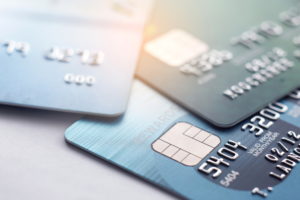
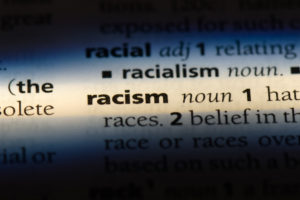
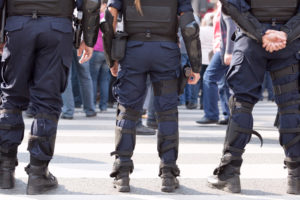
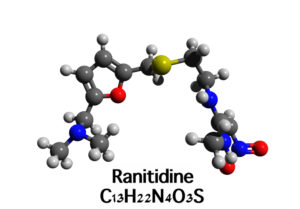
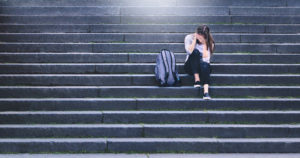
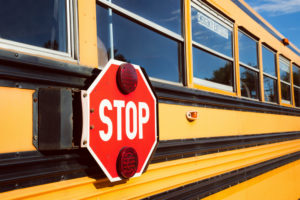
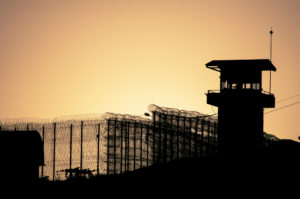

Comments for this article are closed.